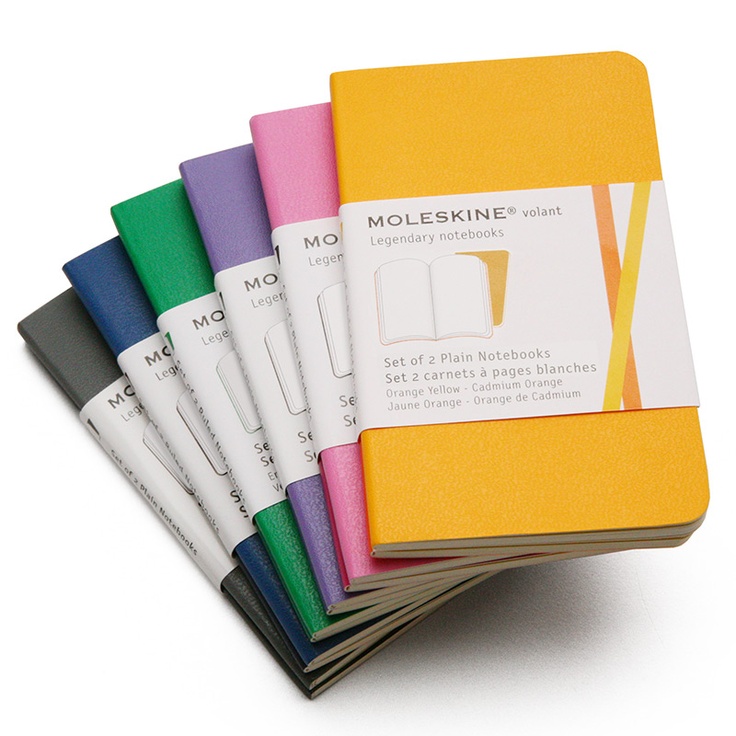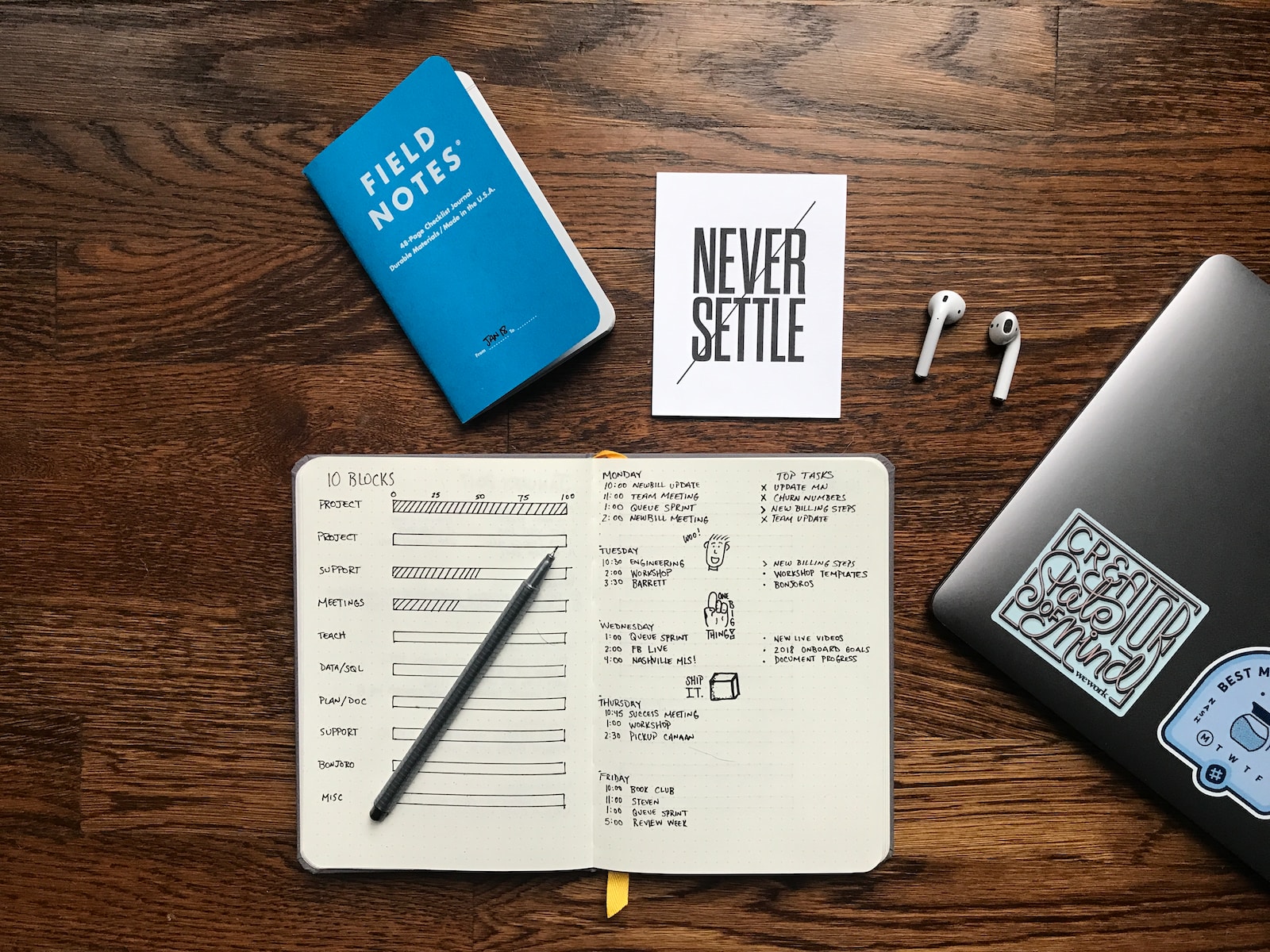As a professional writer, I know firsthand how challenging it can be to stay motivated and productive day in and day out. With so many distractions and competing priorities, it’s easy to get bogged down in procrastination and lose sight of our goals. That’s why I’ve turned to motivational journal prompts as a powerful tool for staying motivated and on track.
In this article, I’ll share the benefits of using motivational journal prompts, how to create a motivational journal, specific journal prompts for boosting productivity and overcoming procrastination, and more.
Understanding the Benefits of Using Motivational Journal Prompts
Before diving into the specifics of how to create a motivational journal and use journal prompts for motivation, it’s essential to understand why this technique is so effective. Journal prompts are powerful tools for motivation because they tap into our inner thoughts and emotions, helping us to clarify our goals, identify obstacles, and find solutions. By taking the time to reflect on our thoughts and feelings, we gain clarity and perspective that can be hard to come by in the rush of day-to-day life.
In addition to providing clarity and perspective, journal prompts can also help boost creativity, reduce stress, and increase self-awareness. By engaging with our thoughts and emotions in a structured way, we can tap into new ideas and perspectives that we might not have considered otherwise.
Additionally, the act of journaling itself can be a form of stress relief, allowing us to process our emotions and find a sense of calm. Finally, journal prompts can help us develop greater self-awareness by allowing us to identify patterns and habits that may be holding us back from achieving our goals.
How to Create a Motivational Journal
Now that we’ve explored the benefits of using journal prompts for motivation, let’s dive into how to create a motivational journal. The first step is to choose a journal that works for you. This might be a traditional paper journal or a digital app, depending on your preferences.
Once you’ve chosen a journal, it’s time to set some goals. What do you hope to achieve by using your motivational journal? Do you want to increase productivity, reduce stress, or gain clarity on your goals? Once you’ve identified your goals, it’s time to start creating your journal prompts.
How to Use Motivational Journal Prompts
You can use a variety of various kinds of motivational notebook prompts to keep yourself motivated and on track. There are many different kinds of prompts available.
While some prompts are more broad in scope, others are more narrowly focused on addressing particular obstacles or objectives.
The following is a list of some examples of motivational journal prompts that you can use to increase your productivity and conquer procrastination:
- What are the three most important things I need to get done today, and how can I divide those tasks down into more manageable chunks?
- Identify the primary challenge that is preventing me from accomplishing my objectives, and what steps can I take to overcome it?
- What have I been able to do today, and how can I continue to build upon that success tomorrow?
- What is one simple action that I can take right now to move closer to achieving the goals I have set for myself in the long term?
Even on days when it’s difficult to find the drive to work toward your objectives, you can continue to stay focused on them and make progress if you employ these kinds of prompts and others like them.
Tips for Making the Most Out of Your Motivational Journal
Now that we’ve covered the basics of creating a motivational journal and using journal prompts for motivation, let’s explore some tips for making the most out of your journaling practice.
First, make time for journaling each day. Even if it’s just for a few minutes, taking the time to reflect on your thoughts and feelings can help you stay focused and motivated. Additionally, be honest with yourself in your journal. Don’t hold back or censor your thoughts; this is a space for you to explore your innermost feelings and desires.
Finally, be open to new perspectives and ideas. Sometimes, the act of journaling can bring up unexpected insights that can help you see things in a new light.

How to Incorporate Motivational Journal Prompts into Your Daily Routine
One of the great things about using motivational journal prompts for motivation is that they can be easily incorporated into your daily routine.
Consider setting aside a specific time each day for journaling, such as first thing in the morning or before bed. Additionally, try to make journaling a habit by doing it consistently for a set period of time, such as 30 days. This will help you develop a regular journaling practice and make it a natural part of your routine.
Recommended Tools for Creating and Using a Motivational Journal

There are many different tools and resources available for creating and using a motivational journal. Here are a few that I recommend:
- Penzu is a digital journaling app that allows you to create and save journal entries on any device.
- Moleskine is a classic paper journal that comes in a variety of sizes and designs.
- The Five-Minute Journal is a structured journal that includes daily prompts for gratitude, affirmations, and goal-setting.
Additional Resources for Finding Journal Prompts
If you’re looking for additional journal prompts to add to your motivational journal, there are many great resources available online. Here are a few websites and books that I recommend:
- 365 Journal Writing Ideas is a book by Rossi Fox that provides a year’s worth of journal prompts.
- Journaling Sage is a website that offers a variety of journaling prompts and tips.
- The Miracle Morning is a book by Hal Elrod that includes a structured morning routine that includes journaling prompts.
Success Stories of People Who Have Used Journal Prompts for Motivation
Finally, let’s explore some success stories from people who have used journal prompts for motivation. Here are a few examples:
- Sarah, a freelance writer, used journal prompts to overcome writer’s block and increase her productivity. By reflecting on her goals and identifying her obstacles, she was able to develop a plan for breaking down her work into manageable tasks and staying on track.
- John, a sales professional, used journal prompts to boost his confidence and overcome his fear of rejection. By exploring his emotions and identifying his limiting beliefs, he was able to develop a new mindset that allowed him to approach his work with greater confidence and success.
Common Mistakes to Avoid When Using Journal Prompts for Motivation
While journaling can be a powerful tool for motivation, there are some common mistakes to avoid. First, don’t be too hard on yourself if you miss a day or don’t feel like journaling. This is a practice, not a performance, and it’s okay to take breaks when you need them. Additionally, don’t compare yourself to others or judge your journal entries too harshly.
Remember, this is a space for you to explore your thoughts and feelings without judgment or criticism.
How to Stay Motivated
By journaling just a few minutes each day you will see major changes in various areas of your life. Here are a few pointers to review that will help you to stay motivated.
Directional Focus
It’s simple to set an intention and put it out of mind, telling yourself that you’ll get to it sometime. Since we take in so much data every day, it’s unlikely that many of our individual thoughts will survive through the end of the day.
Writing down one’s goals increases one’s chances of achieving them by around 35%, according to research conducted by Dominican University psychology professor Gail Matthews.
Thinking about your goals in isolation engages only the right hemisphere of the brain, which is responsible for creative thought. Writing out your objectives physically engages the logical left hemisphere of the brain.
As a result, your brain is much more likely to not just remember but also act upon your goals, as the notion is being processed by both your conscious and subconscious levels.
If you want to achieve your long-term objective, it’s a good idea to break it down into more manageable “mini-goals” along the way.
Want to move up the corporate ladder? Jot down the three or four interim successes that will serve as indicators that you are moving in the correct direction.
Give Yourself Proper Recognition
Recognizing and rewarding your own efforts is a vital part of being productive. Write down everything you’ve accomplished that day, no matter how trivial it may appear.
When you look back on your accomplishments and see that you’ve done more than you thought, you may feel a surge of renewed motivation. It’s encouraging to learn that you have more potential than you gave yourself credit for.
The moment you understand you are already taking the actions necessary to create your best life, productivity goes from a myth to a reality.
Improved Decision-Making
It can be challenging to identify specific areas in which you can make progress as an adult.
There are grades and conferences for students, and sales reports and customer reviews on Yelp for businesses. It is up to you, as an individual, to establish criteria by which you can measure your achievements and identify areas for development.
You can do this by reflecting on your choices while you write in your journal. And if you want to keep track of your choices, a Decision Journal is a simple tool you can use.
Make a point to document your reasoning, desired outcomes, anticipated outcomes, and emotional responses after making any major decisions.
Review your progress every few months to see if it’s in line with your goals.
If you can identify the fallacies in your reasoning, you can improve your decision-making in the future.
Focusing on Consistency
A common saying is “consistency is the key.” This is even more accurate than you might imagine in terms of inspiration.
Adhering to a schedule allows you to set quantifiable goals at each stage of the day’s journey. And maintaining focus in other aspects of your life can be facilitated by making journaling a daily habit of self-care and contemplation.
When you’re at the end of your rope, taking a few minutes to write in a diary might help you process the day’s events and recharge. And writing it all down can give you the drive to go to the gym or get to work on that pet project.
Gratitude as a Mentality
Regularly practicing gratitude has been shown to have long-term health benefits, including reduced stress. Better sleep and a healthier immune system are two additional benefits of reducing stress.
Not only that, but showing appreciation has been shown to strengthen interpersonal bonds. Workers respond positively to leaders who express appreciation for them. Sending a “thank you” letter is a simple gesture that can have a profound effect on the recipient, whose mood might remain elevated for up to a month as a result.
Gratitude is most important during the moments when it is most difficult to feel it. Here’s where keeping a thankfulness journal comes in helpful.
Keeping a thankfulness diary not only helps you develop a more optimistic outlook over time, but also gives you a place to look for inspiration whenever you’re feeling down.
The brain does not distinguish between a new gratitude experience and a previous one. Don’t forget to read over your thankfulness notebook at least once a week to reap the hormonal benefits of remembering those nice times from the past.
Conclusion and Final Thoughts on the Power of Journal Prompts for Motivation
In conclusion, journal prompts can be a powerful tool for staying motivated and productive, especially when combined with a regular journaling practice. By taking the time to reflect on our thoughts and feelings, we can gain clarity and perspective that can be hard to come by in the rush of day-to-day life.
Whether you’re a writer, sales professional, or anyone else looking to stay motivated and on track, a motivational journal can be a valuable asset. So why not give it a try today?
If you’re ready to start using journal prompts for motivation, grab a notebook or digital app and start exploring your thoughts and feelings today!




No comments! Be the first commenter?